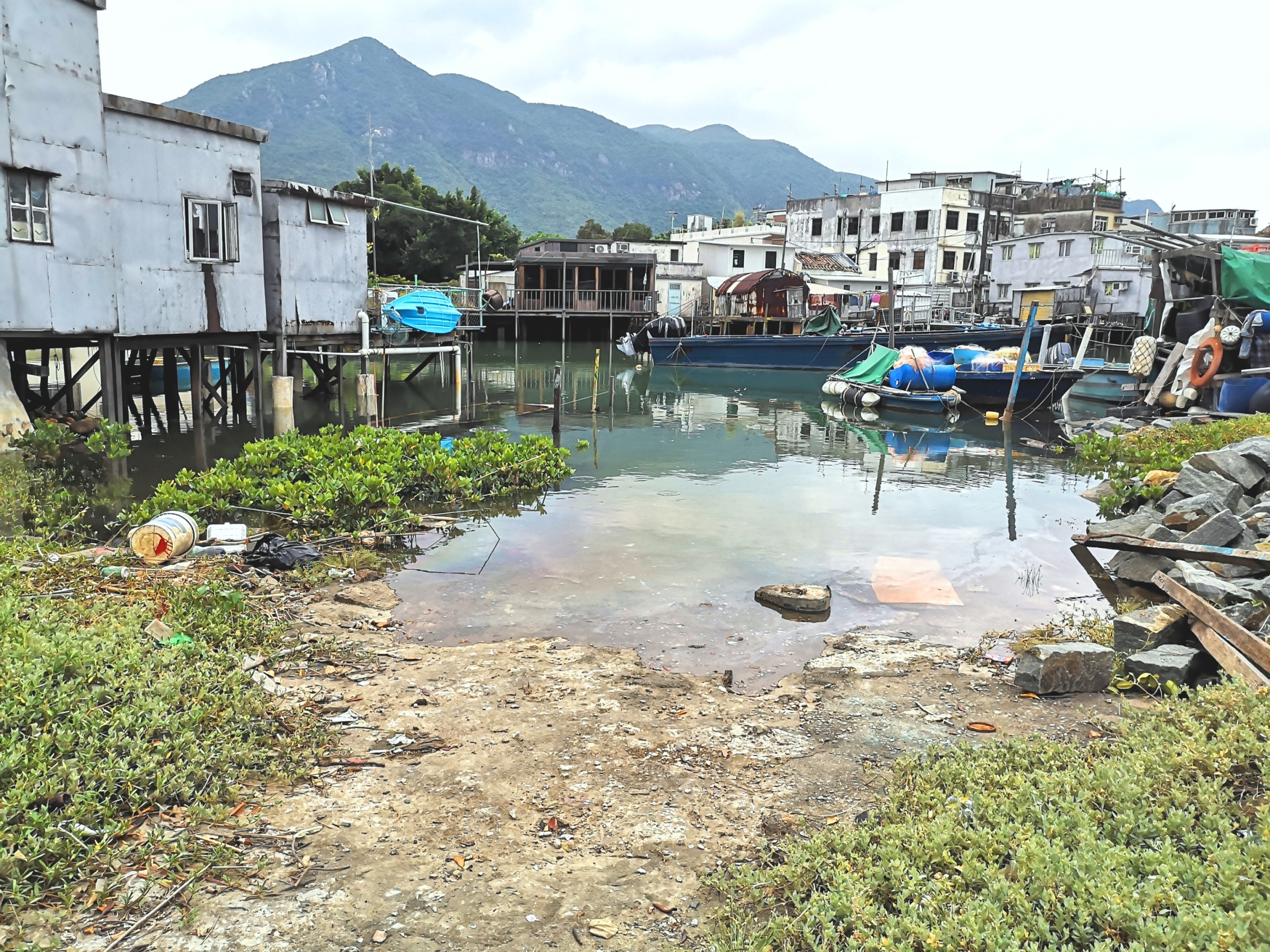Wetland Conservation > Characterizing mangrove functions in Tai O – an integrated approach from environmental and cultural perspectives > Habitat in Tai O

Tai O is located on the west coast of Lantau Island. It was once a point of intersection between Hong Kong, Macau, and the Pearl River Delta regions. It used to be an important port for foreigners to trade in China. Tai O is also located at the brackish regions between Lingdingyang and the Pearl River. Together with the distinct seasonality of Hong Kong, this unique geographical advantage has made Tai O a suitable place to nurture high biodiversity.
Tai O was one of the four major fishing ports in Hong Kong, abounding in Chinese bahaba (Bahaba taipingensis). However, due to intense human activities such as overfishing, etc. its number greatly drops in recent years and it is ranked as endangered on the IUCN Red List. At the same time, Tai O has also changed from a prosperous port to a small fishing village.
The construction of the new airport and development of North Lantau has caught people’s attention again with the development of the place. As a compensatory wetland, native mangroves such as Kandelia obovate, Aegiceras corniculatum, etc. were planted in Tai O Saltpans, which have successfully supported wetland fauna such as fiddler crabs, mudskippers and wetland birds.
Tai O was once rich in sea salt. During the reign of Qianlong in the Qing Dynasty (i.e. more than 300 years ago), it accounted for two-thirds of the area of Tai O. The salt industry declined in the 1960s. After it was abandoned in the 1980s, the salt evaporation ponds became mangroves.

